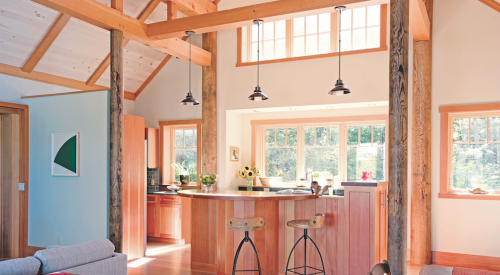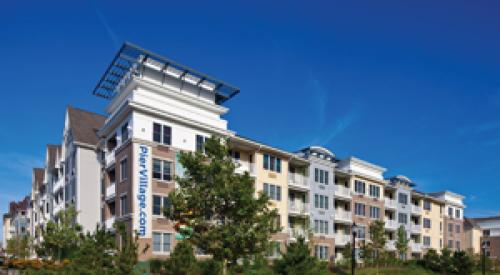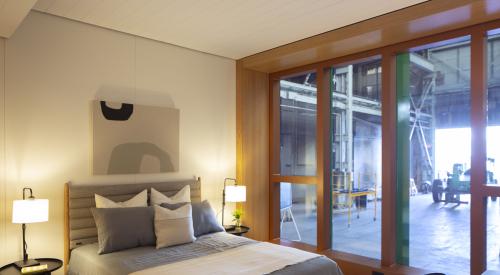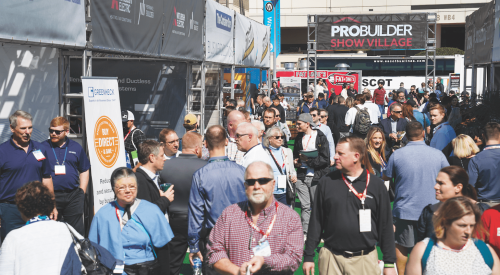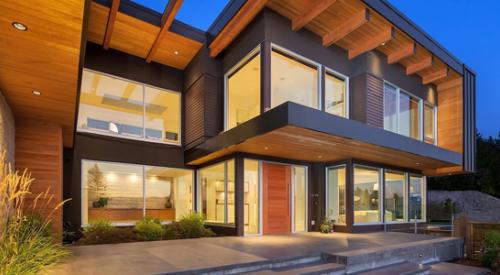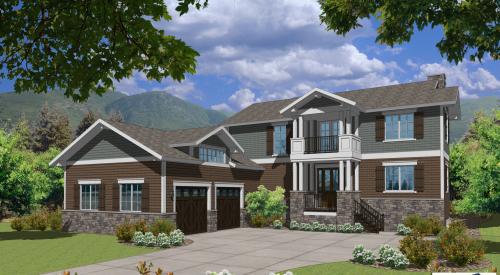 Steady growth of modular revenues — up 224.6 percent since 2000 — stand in stark contrast to a decline of 42.2 percent in HUD code revenues this decade for manufactured housing’s top 25. |
Home builders face challenges with traditional on-site operations. They depend on a skilled labor force that is not growing fast enough to keep up with housing demand. Quality is also an issue, as skilled workers retire or move into jobs with better working conditions. When the skilled work is performed in a factory, manufacturers say, builders benefit from better quality control and faster completion of homes by on-site crews that only have to assemble the modules, make utility connections and apply cosmetic finishes. Manufacturers want to partner with site builders rather than compete against them.
HUD Housing Rocked
 The HUD code manufacturing sector hit a 44-year low in 2006 that shows in deliveries of the top 25 producers. The slight increase in 2005 was the first since 1998. |
“We've already been through this storm, and now we're being battered again as it hits site builders. The glut of spec homes on the market and increasing price competition hurts every area of housing, including HUD code.”
HUD housing represented 94 percent of manufactured housing Giants' shipments in 2000. It was down to 82 percent by 2006, thanks mostly to the increase in modular, as manufacturers scrambled to convert idle plants to modular production or acquire small modular manufacturing companies. “Modular is gaining market share, but it's still a drop in the bucket compared to HUD,” says Tom Beers, MHI vice president of economics. “But in the short to medium term, it's the primary growth strategy of most manufacturers. It has a lot more growth potential than HUD.”
Mod in the SunThayer Long, executive director of the National Modular Housing Council (a division of MHI), says part of the attraction to modular is the potential that exists to move this technology into the big housing markets of the South and West, where modular still has little presence. “Historically, this is a regional product concentrated in the Northeast,” he says. “But now builders in the Sun Belt are getting interested, and there's never been any modular in those regions. There's a lot of potential for growth there if the manufacturers can find a way to get to it.”
Modular also offers manufacturers a chance to diversify into a different business model. “It's not so different in the plant,” says Savage. “But once the modules leave the factory, it's very different from HUD housing. You're selling to builders as opposed to the retail distribution network of dealers on the HUD side. It's much more mainstream. There's a lot more financing available for modular home buyers (because the finished product is a conventional home in every sense). Modular benefits from the bias that exist in local zoning in favor of conventional housing and against HUD code.”
Still, there may be a silver lining for HUD housing in the current housing market contraction. A lot of people who might have qualified for a subprime loan on a site-built home a year ago don't qualify today. Those people may now be shopping on HUD code retail lots.
Beers expects another flat year in 2007 on the HUD side. “We'll see a holding pattern because of competition from site-built spec inventory. That will affect the modular side as well,” he says. “But it will be temporary.”
 |
